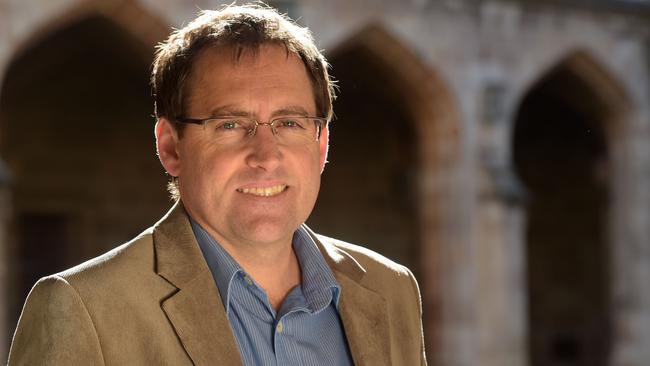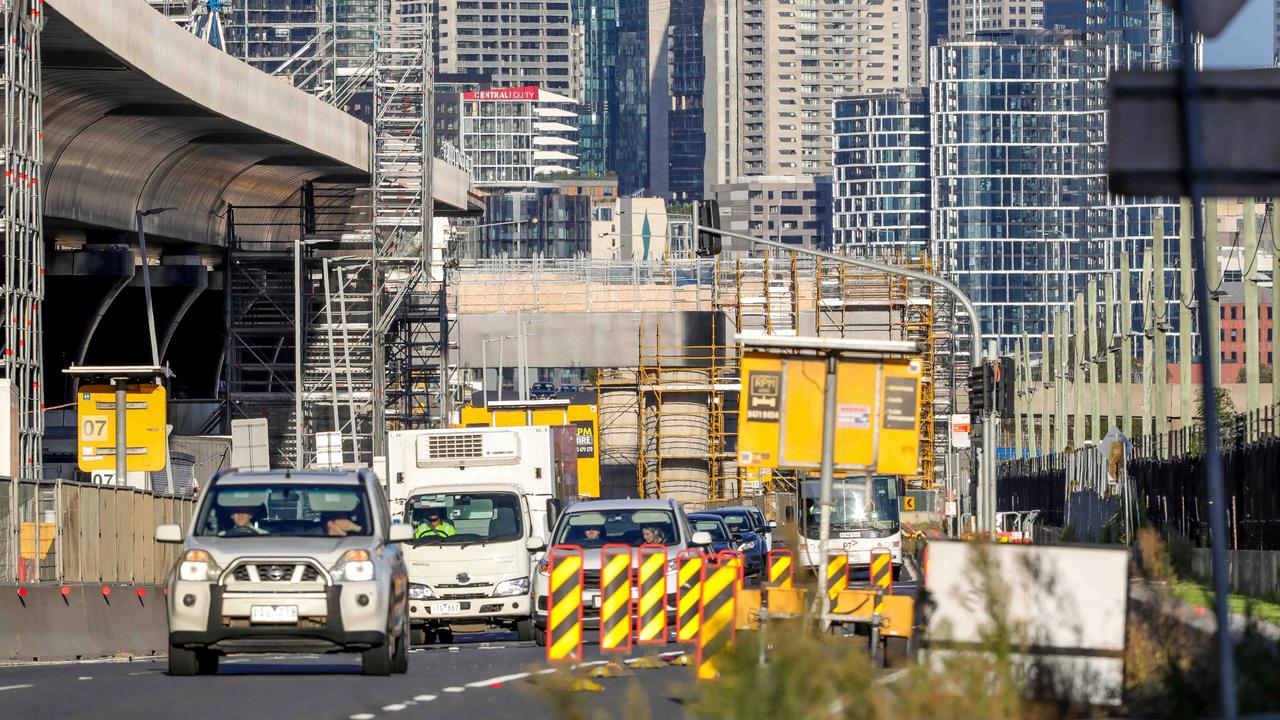Aussies working harder for same money, HILDA report data shows
AUSTRALIANS are working harder for longer but are not making more money, despite the increasing cost of living, new data shows.
News
Don't miss out on the headlines from News . Followed categories will be added to My News.
AUSTRALIANS are working harder for longer but are not making more money, despite the increasing cost of living, new data shows.
Many are struggling to make ends meet as the cost of raising a family and owning a home becomes more expensive, while average household incomes stagnate.
The Housing, Income and Labour Dynamics in Australia (HILDA) report, released today, is the country’s longest-running household survey and provides a unique snapshot into the lives of everyday Australians.
CHILDCARE COSTS WORRY FAMILIES AS COST OF RAISING KIDS BECOMES MORE EXPENSIVE
YOUNG PEOPLE BATTLE TO OWN HOME, HILDA REPORT SHOWS
The University of Melbourne report, based on extensive data provided by 17,000 people, has found Australians are working longer and retiring long after they expected to quit — often by choice.
Between 2012 and 2015 the average retirement age for men had jumped by four years to 66.1 from a decade earlier, and up to 63.8 years for women, the survey results show.
University of Melbourne Institute of Applied Economic and Social Research Professor Roger Wilkins said the trend to work longer appeared to be driven by workers themselves.
“There has been a shift away from people reporting they retired due to poor health or job loss or (an) employer pressuring them to retire,’’ he said.

“Those reasons have been declining and more and more they are reporting they are retiring because they want to or are financially ready for retirement.’’
The labour market was also becoming more accommodating of older workers, he said.
The amount of money needed to retire was also rising.
Working couples aged 45 and over expected to need an annual income of $62,000 in retirement, while single people aimed for $43,000.
People living in the city expected to need between $5000 and $7500 more than those in the country.
The survey results found that workers’ income growth slowed after the Global Financial Crisis of 2008.
After growing strongly to 2009 and slightly between 2009 and 2012, household incomes have on average stopped growing.
“It was off the back of a mining boom when terms of trade were extremely favourable and incomes were growing very strongly. The GFC marked the end of that,” Prof Wilkins said.
“We did okay for another year after that but between 09-12 it started to slow down and since then it’s gone slightly backwards.”
Melbourne’s median household income grew between 2001 and 2015 by 25.3 per cent to $48,494 annually.
Sydney experienced the smallest rate of growth (13.1 per cent), while Perth was the highest (52.4 per cent).
The GFC also signalled a flattening of the job market, the survey found.
More people were in part-time employment, with many of those jobs permanent rather than casual.
“This (part-time employment) is a fairly long-term trend and doesn’t seem to have peaked yet,” Prof Wilkins said.
“Casual employment has been growing in share of total employment for some years now. You might expect it to have become more prevalent but it hasn’t, so many of these part-time jobs must be permanent rather than casual.’’
The number of people holding multiple jobs was common and often a route to full-time work.
Women were more likely than men to work in more than one job.


